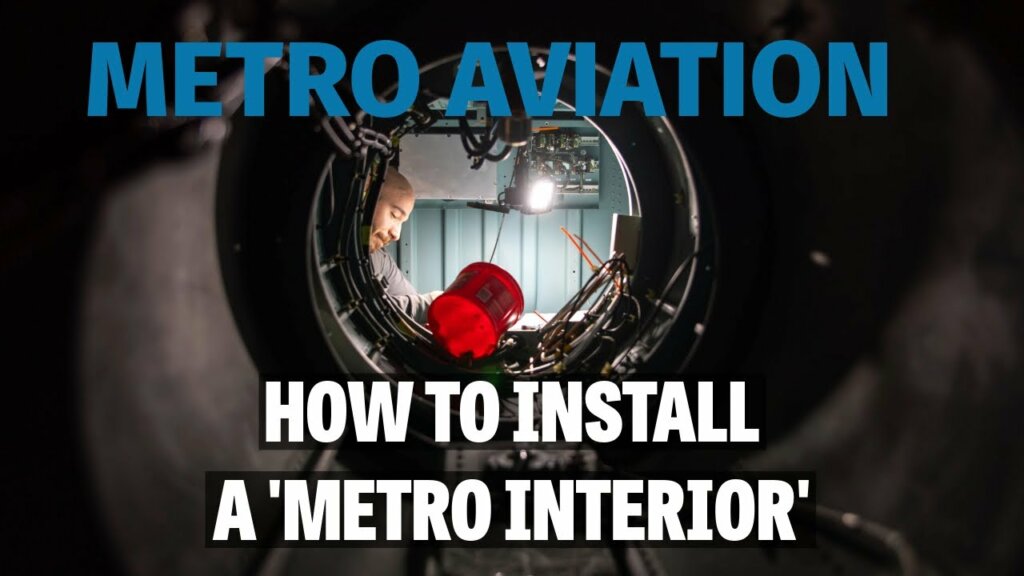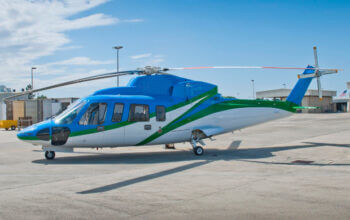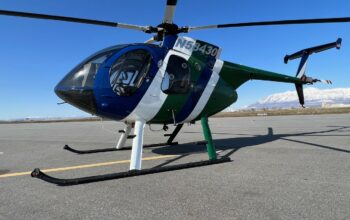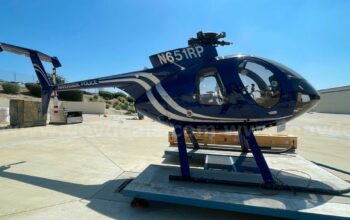Improving the efficiency of batteries is a crucial area of technology development in the eVTOL industry, and a new joint venture between BAE Systems and Jaunt Air Mobility intends to help move things forward.

The two companies have signed a memorandum of understanding (MOU) to examine the power management requirements for urban air mobility systems. The MOU adds to Jaunt’s partnerships with Uber and Honeywell, announced earlier in 2019.
Speaking to eVTOL.com, Jaunt Air Mobility CEO Kaydon Stanzione said: “BAE Systems and Jaunt Air Mobility are working together to first define the total electric power requirements [for] the various flight operations. This includes understanding the source and utilization of each electrically powered system in the aircraft as a function of each specific airborne and ground-based operation.
“This not only defines the overall battery size and distribution network but defines the requirements for a separate emergency power system. The overall electric power source and distribution architecture is the starting point for our collaboration.”
Jaunt has a concept for a Reduced rotor Operating Speed Aircraft (ROSA) which features a large main rotor and a set of wings. Stanzione explained: “We have a unique and efficient system for hover flight that provides an automatic transition from hover to cruise, where the wings pick up the majority of the lift.
“The rotor is unloaded in flight, making for a very quiet and very efficient configuration with a high lift to drag ratio. Another unique attribute of the aircraft is no tail rotor, and the tail rotor is the second-largest noise generator on a typical helicopter.”
“Jaunt does not require any power-assisted arrested landing systems because the main rotor has sufficient inertia to provide autorotation and a zero-roll landing,” Stanzione continued. “With the addition of a wing, Jaunt does not have the traditional ‘dead man’s curve’ and can safely land from any flight condition in all-power out.”
A flight test demonstration model of ROSA has already amassed approximately 350 flight hours and, Stanzione said, “acquired performance and noise data substantiating our analytical models and claims.”
Yeshwanth Premkumar, BAE Systems’ business development and strategy lead for aircraft electrification, told eVTOL.com the company would bring to the partnership its experience of battery management systems and controls capabilities amassed over the past 20 years.
The company’s fly-by-wire flight controls are now fitted to more than 15,000 commercial aircraft worldwide. Its electric-hybrid systems have been supplied to marine vessels, and they also feature on electric-hybrid buses in 100 cities worldwide, including New York City’s first hybrid bus.
As part of the Jaunt collaboration, BAE Systems will during 2020 open a new lab for developing, testing, and verifying new battery systems. The company develops and tests energy management and controls hardware and software primarily at its Endicott facility in New York.
“We see the electric aircraft market as a new application of the technologies, capabilities, and products that we have invested in, developed, and matured.” Premkumar said. “We have extensive experience in designing, integrating, and supporting electric systems and have learned a lot from it.”
Stanzione claimed ROSA will be “affordable” because it is a simple design, will utilize less power than other unconventional designs, and will need fewer battery replacements. The company expects ROSA to proceed quickly through certification because it conforms to existing Federal Aviation Administration design requirements.
BAE Systems described its energy management, power conversion, and flight controls products as “modular, scalable, and adaptable”.
Premkumar said the company is looking at further partnerships with other specialists in the urban air mobility sphere, and it is “discussing opportunities with several original equipment manufacturers related to flight controls, energy management systems, and power solutions for both electric and hybrid-electric aircraft.”








